
2025 Pantone Trends in Packaging Avoid These Fatal Mistakes
2025-02-27
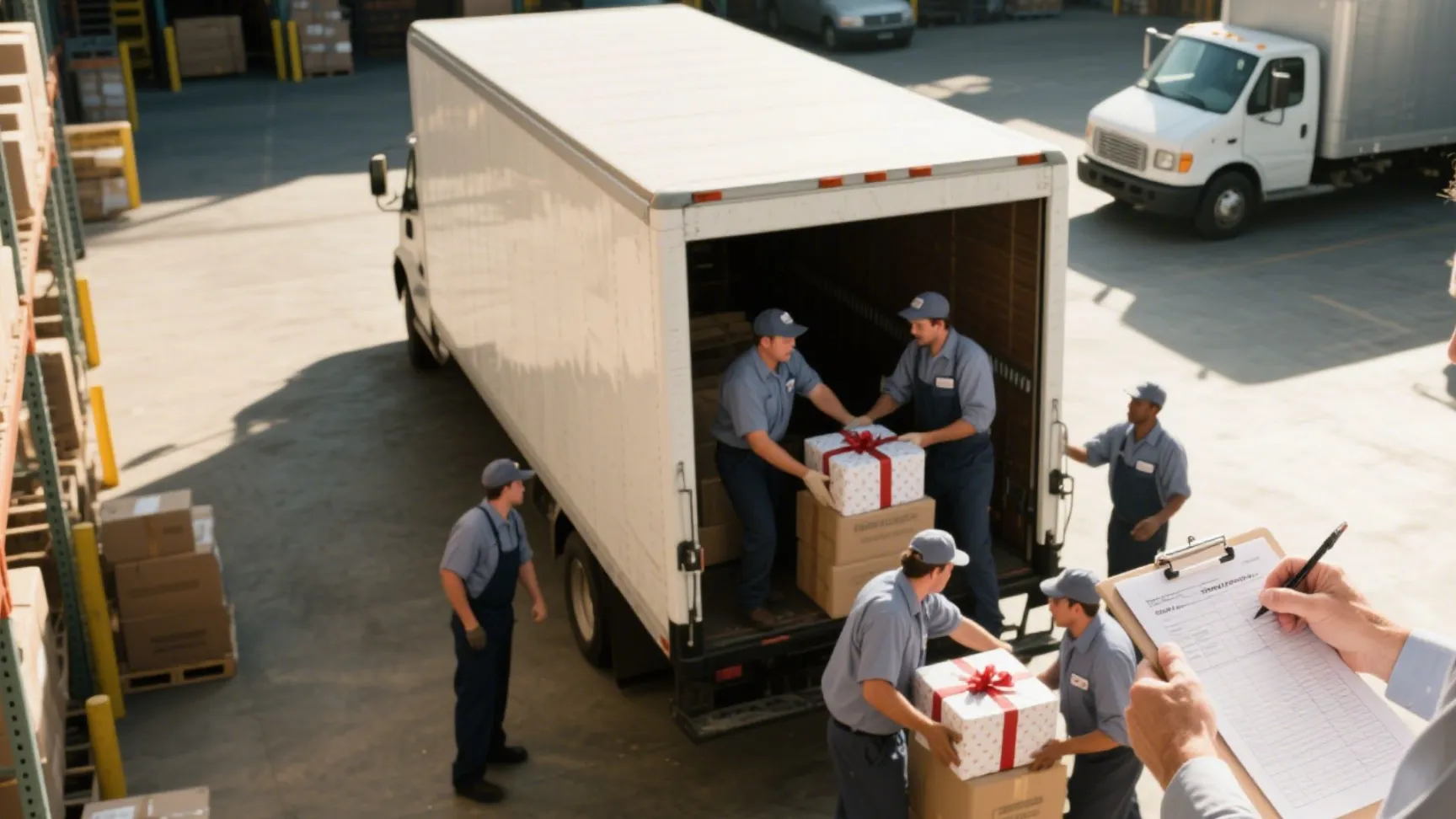
For gift wholesale suppliers, packaging managers and gift packaging factories, dealing with a complex network of federal, state and industry regulations when distributing across the country can be daunting. Therefore, ensuring that your covered gift boxes comply with all US compliance standards is not only to avoid penalties but also to build trust with retailers and consumers. This guide will comprehensively analyze the basic compliance requirements for covered gift boxes in the United States to help you avoid costly mistakes.
Major retailers have increasingly stringent vendor compliance programs that extend to all aspects of packaging, including gift boxes with lids. Understanding why these requirements exist helps contextualize their importance:
Retailers face significant liability risks if non-compliant packaging enters their supply chains. According to the Consumer Product Safety Commission (CPSC), packaging-related violations can result in penalties up to $100,000 per violation, with maximum penalties reaching into the millions for repeated infractions. For gift boxes specifically, issues like excessive lead content or improper labeling have triggered recalls that damaged brand reputations and incurred substantial costs.
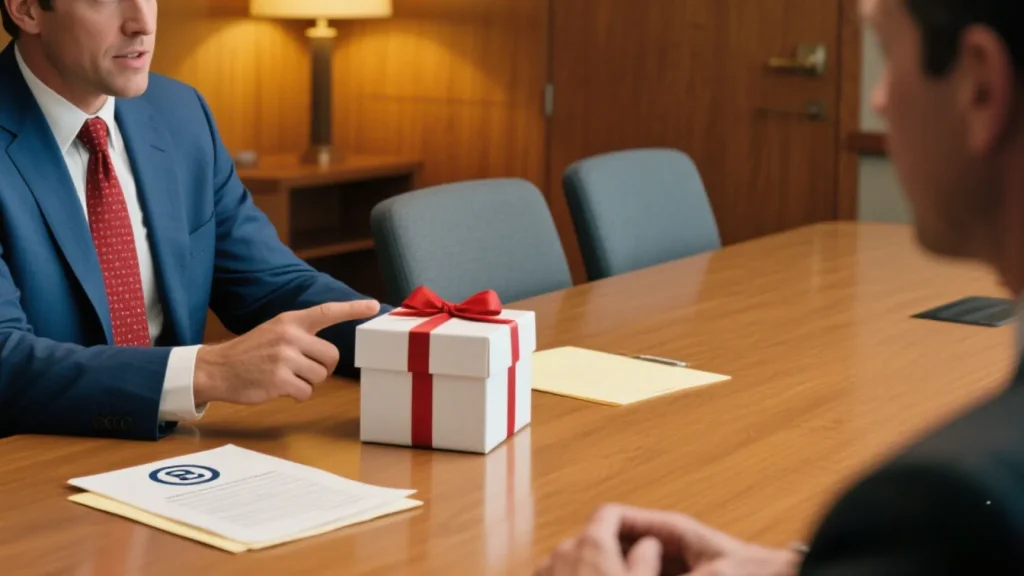
Gift boxes with lids must meet safety standards that protect consumers from potential hazards:
Standardized packaging compliance streamlines the retail supply chain by:
For suppliers of gift boxes with lids, meeting these requirements isn’t optional—it’s the price of entry into major retail channels.
Several federal agencies maintain jurisdiction over different aspects of gift box compliance in the United States. Understanding which regulations apply to your specific products is essential for retail success.
The CPSIA established stringent requirements for products marketed to children, which extends to gift boxes used for children’s items:
The CPSIA requires permanent tracking information on both the product and packaging for children’s items, including:
According to the CPSC, “While stickers are sufficient for packaging, the actual product must have long-lasting printed or engraved tracking labels.” This means gift boxes marketed for children’s items may use appropriate adhesive labels for tracking information.
For gift boxes with lids intended to hold food items (e.g., chocolates, cookies, specialty foods), FDA regulations apply:
According to FDA guidelines, “The intended use of a substance in a food contact article must be approved as safe under section 409 of the Federal Food, Drug, and Cosmetic Act before it may be marketed in the United States.”
The FTC enforces truth-in-advertising laws that extend to packaging claims and labeling:
For specialty gift boxes making claims about material composition (e.g., “100% recycled,” “sustainable materials”):
The FTC notes that “deceptive country of origin or material content claims can result in penalties up to $46,517 per violation” as of 2025.
While not always considered, flammability standards are critical for gift boxes with lids, particularly those containing tissue paper or decorative elements:
16 CFR Part 1610 Applications:
Though primarily focused on textiles, this standard extends to certain decorative elements of gift boxes:
According to CPSC testing procedures for 16 CFR Part 1610, “The test procedure requires that a 16 mm (5/8 in) flame impinge on a specimen mounted at a 45-degree angle for 1 second.”
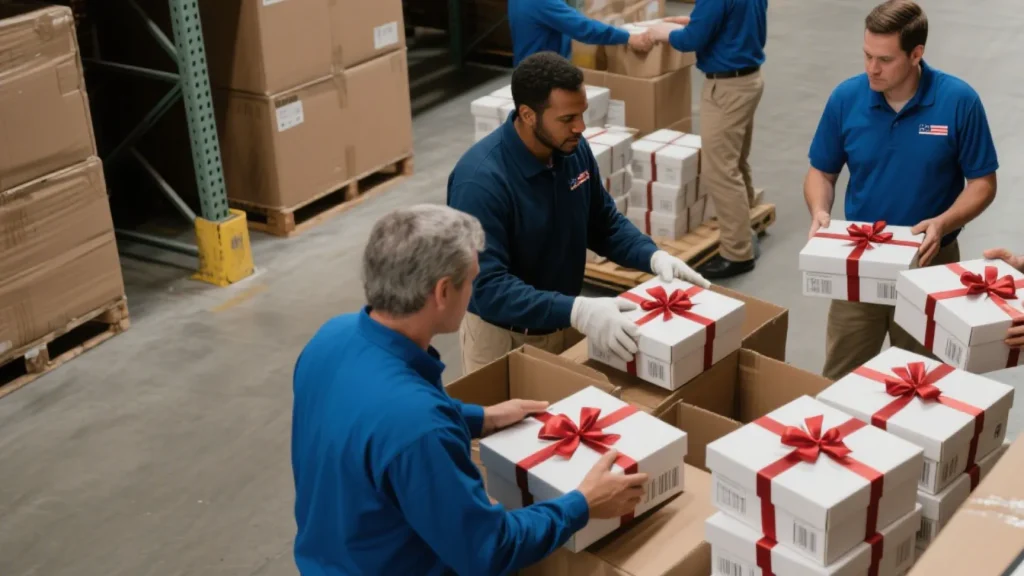
Different materials used in gift boxes with lids have specific compliance considerations across federal and state regulations.
| Compliance Area | Requirements | Applicable Standards |
| Strength Testing | Burst strength, edge crush, puncture resistance | ASTM D4727, TAPPI T810 |
| Food Contact Safety | No harmful chemicals, approved adhesives | 21 CFR 176.170, 176.180 |
| Heavy Metals | Lead, cadmium, mercury, hexavalent chromium limits | CONEG, CPSIA |
| Flammability | Class I rating for decorative papers | 16 CFR Part 1610 |
Key Consideration: ASTM D4727 sets standards for corrugated and solid fiberboard, specifying “fiberboard primarily used for the fabrication of boxes and interior details such as pads, sleeves, liners, partitions, die-cut shapes, and dividers.”
| Compliance Area | Requirements | Applicable Standards |
| Food Contact | Approved polymers only | 21 CFR 177 |
| Phthalates | Restricted in children’s products | CPSIA Section 108 |
| Heavy Metals | Strict limits, especially for children’s items | CPSIA, state regulations |
| Recyclability Claims | Must comply with FTC Green Guides | 16 CFR Part 260 |
Key Consideration: If using plastic windows or inserts in gift boxes marketed for children, ensure they meet the stricter CPSIA Section 108 phthalate restrictions.
| Compliance Area | Requirements | Applicable Standards |
| VOC Content | Limits vary by state | CARB, OTC, state regulations |
| Heavy Metals | Strict limits in surface coatings | CPSIA, state regulations |
| Food Safety | Approved substances only | 21 CFR 175 |
| Prop 65 Warnings | Required for certain chemicals | California Prop 65 |
Key Consideration: Decorative foils and specialty coatings must be evaluated for lead content under CPSIA, even for non-children’s gift boxes.
Proper labeling is crucial for retail compliance. Gift boxes with lids must meet various labeling requirements depending on their intended use and marketing claims.
All retail gift boxes with lids must include:
For gift boxes containing or designed for items with small parts:
For products sold in California containing listed chemicals:
According to California’s Office of Environmental Health Hazard Assessment, “Proposition 65 warnings advise of exposures to chemicals that may contribute to an individual’s overall lifetime risk of cancer or risk of birth defects or other reproductive harm.”
For gift boxes marketed with environmental claims:
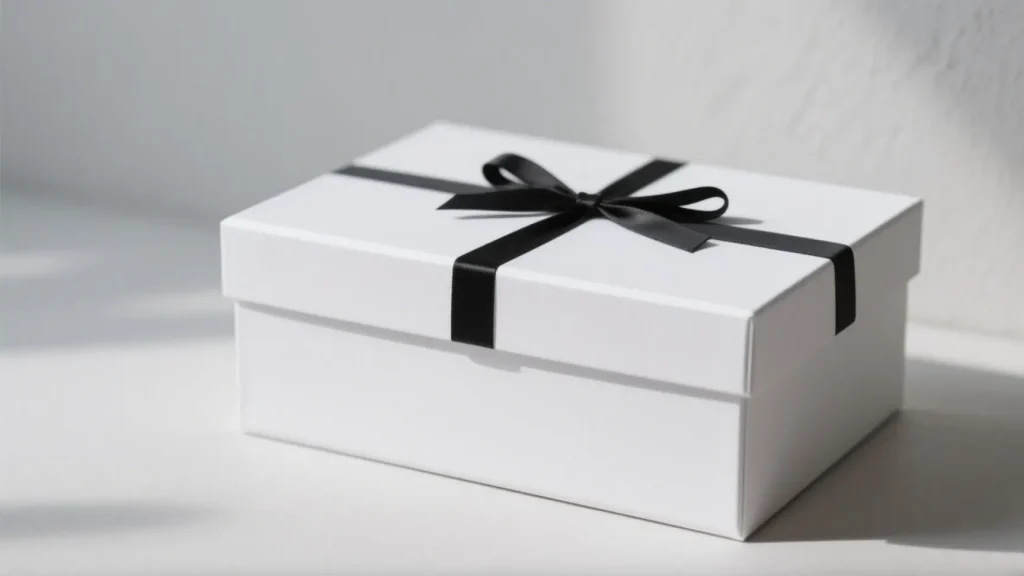
Creating gift boxes with lids that meet both sustainability goals and compliance requirements requires strategic design decisions:
Compliance Tip: When using recycled content in food-contact applications, ensure it meets FDA requirements under 21 CFR 176.260 for recycled paper and paperboard.
Compliance Tip: Document all chemical components with supplier declarations of compliance to simplify retailer approval processes.
According to ASTM D5118, performance-based testing for shipping containers should evaluate “compression, vibration, and shock resistance to ensure the package can withstand normal handling and transportation.”
Richpack has sorted out the following information through research and communication with relevant experts. Before shipping your gift boxes with lids to retailers, conduct this comprehensive compliance audit:
☐ Gather all required compliance documentation:
☐ Verify all required physical properties:
☐ Confirm all required labeling elements:
☐ Verify chemical compliance through testing:
☐ Review and confirm compliance with specific retail partner requirements:
Pro Tip: Create a customizable compliance checklist template that can be adapted for different retail partners and product lines.
In addition, our article section also offers many tips for maintaining customer relationships. For instance, this article, in light of the vulnerability of gift boxes to damage during transportation, provides specific coping strategies and references for establishing standardized after-sales processes, helping your brand’s after-sales team better handle customer complaints and enhance service quality.
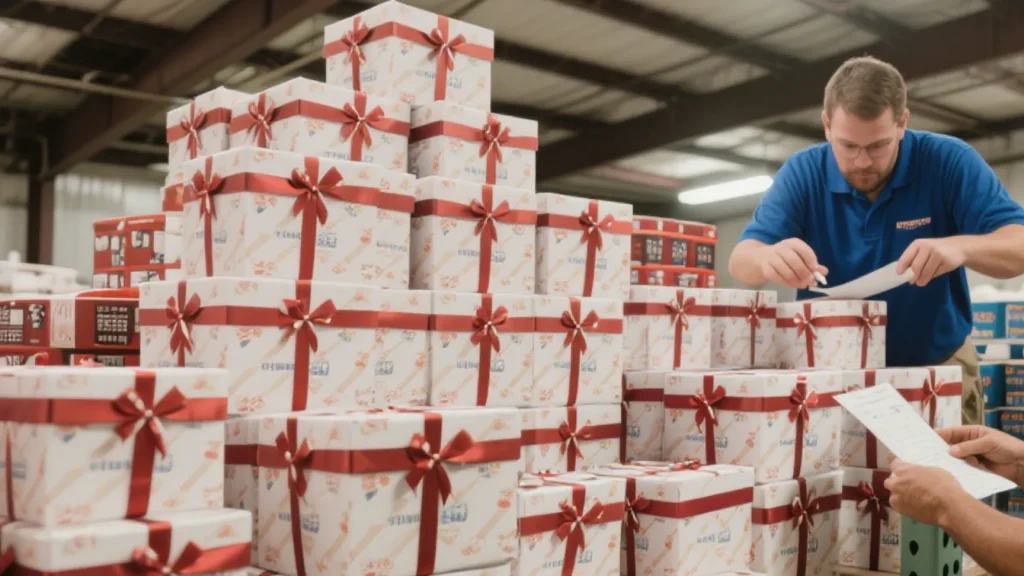
While federal regulations provide a baseline, several states have additional requirements affecting gift boxes with lids:
Proposition 65: Requires warnings for products containing any of 900+ listed chemicals.
Rigid Plastic Packaging Container (RPPC) Program:
Extended Producer Responsibility: The NY S.1185C package reduction law:
Packaging Material Restrictions:
Ban on intentionally added PFAS in food packaging:
Best Practice: Create a state-specific compliance matrix for your gift boxes with lids, particularly if selling through national retailers with locations in all states.

For a gift box with lid to be considered food-safe under FDA regulations, it must:
Most importantly, materials must not transfer harmful components to food under normal use conditions. For paperboard gift boxes specifically, FDA-approved food-grade paperboard must be used if the food will directly contact the packaging without a barrier.
Testing frequency depends on several factors:
Best practice is to establish a testing protocol based on a statistically valid sampling plan, usually following ANSI/ASQ Z1.4 for attribute sampling. For most gift box producers, testing at least annually and whenever significant changes occur to materials or processes is recommended.
| CPSIA Compliance | FDA Compliance |
| Focuses on children’s product safety | Focuses on food safety |
| Limits lead, phthalates, and other chemicals | Regulates materials that contact food |
| Requires third-party testing | May require food contact notifications |
| Mandates tracking labels | Concerns migration of substances into food |
| Overseen by Consumer Product Safety Commission | Overseen by Food and Drug Administration |
Gift boxes may need to comply with both sets of regulations if they’re marketed for children and intended to hold food items.
Finding gift boxes with lids that meet all U.S. retail compliance standards doesn’t have to be challenging. Our collection features:
Explore our full collection of compliant gift boxes with lids for your retail packaging needs at https://richpkg.com/collections/gift-boxes-by-closure-gift-box-with-lids/. Our team specialises in helping brands navigate regulatory requirements while creating packaging that stands out on retail shelves.
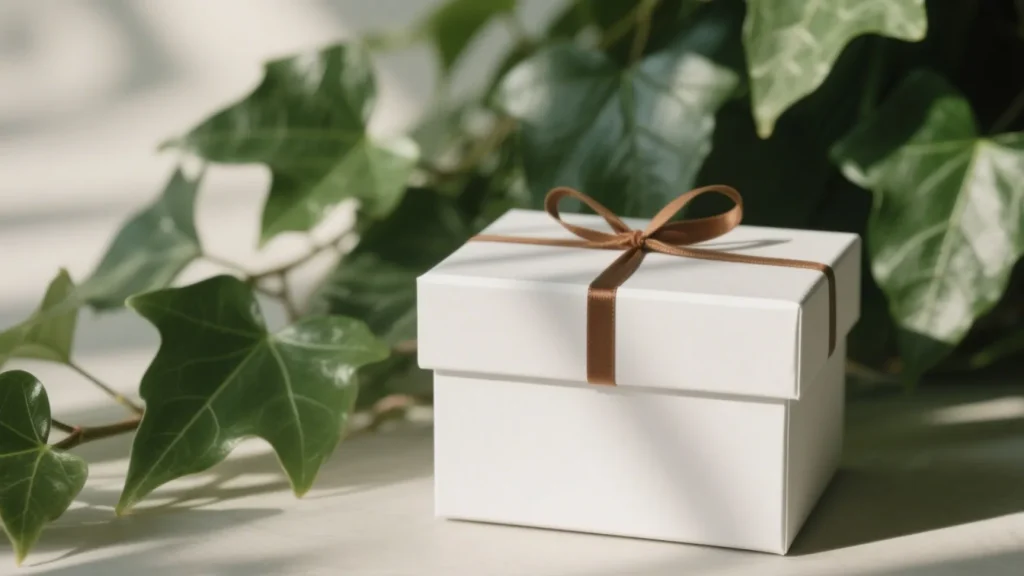
Meeting U.S. retail compliance for gift boxes with lids requires attention to detail and a thorough understanding of applicable regulations. By following the guidelines in this article, you can:
As regulations continue to evolve, staying informed about changes affecting packaging compliance will be essential for continued retail success. Consider joining industry associations like the Sustainable Packaging Coalition or the Paperboard Packaging Council to receive regular updates on regulatory developments.
For personalized guidance on your specific gift box compliance needs, contact our packaging experts here today. We’ll help you navigate the complex regulatory landscape and develop packaging solutions that meet both compliance requirements and your brand’s unique needs.

With a white background, they can reduce distractions and accentuate the charm of products. High-quality materials are used in the production, such as cardboard of different thicknesses and eco-friendly materials, and they go through multiple quality inspections.
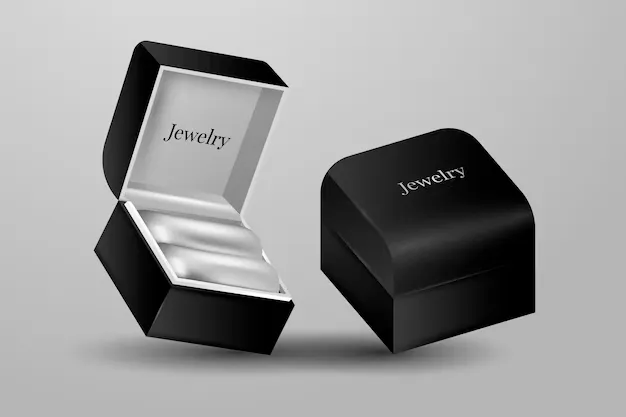
These boxes enhance the unboxing experience, boost customer loyalty, and are eco-friendly. With precision laser engraving and bulk order discounts, they're a great packaging solution.

Eco-friendly packaging for shop astrology jewelry on sale has a very good prospect in 2025 because recent market studies reveal that the astrology-themed jewelry sector experienced a 5.7% growth rate, with projections estimating the market size to exceed $22.8 billion by 2031. 2023 Buying Green Report shows 82% of respondents overall would be willing to pay more for sustainable… Continue reading Meeting U.S. Retail Compliance for Gift Boxes with Lids
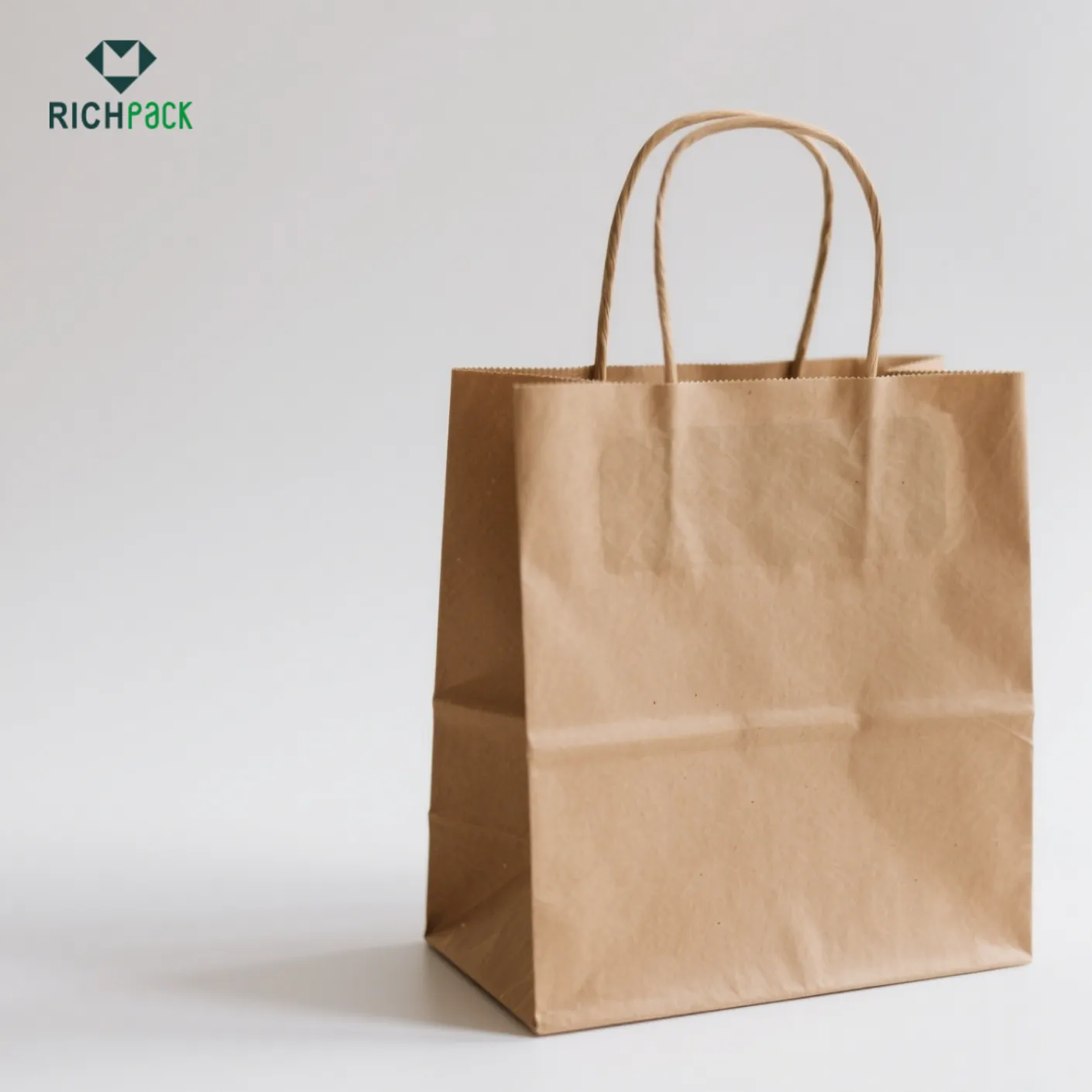
Eco-Friendly Brown Kraft Paper Gift Bags for Stylish Packaging – Customizable Brown Kraft Gift Bags for Retail, Events, and Surprising Wrapping Occasions
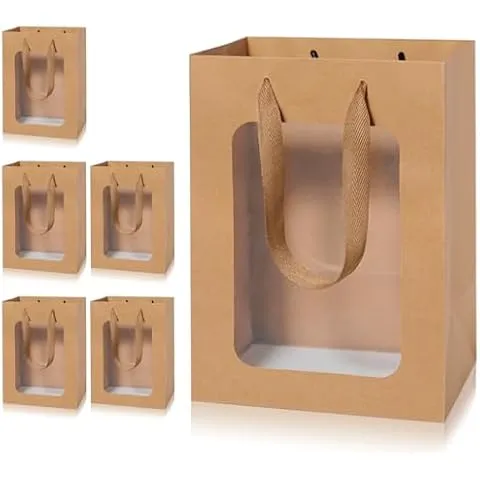
Eco-Friendly Green Paper Bags with Window for Elegant Display – Enhance Product Presentation with Customizable Solutions by Richpack
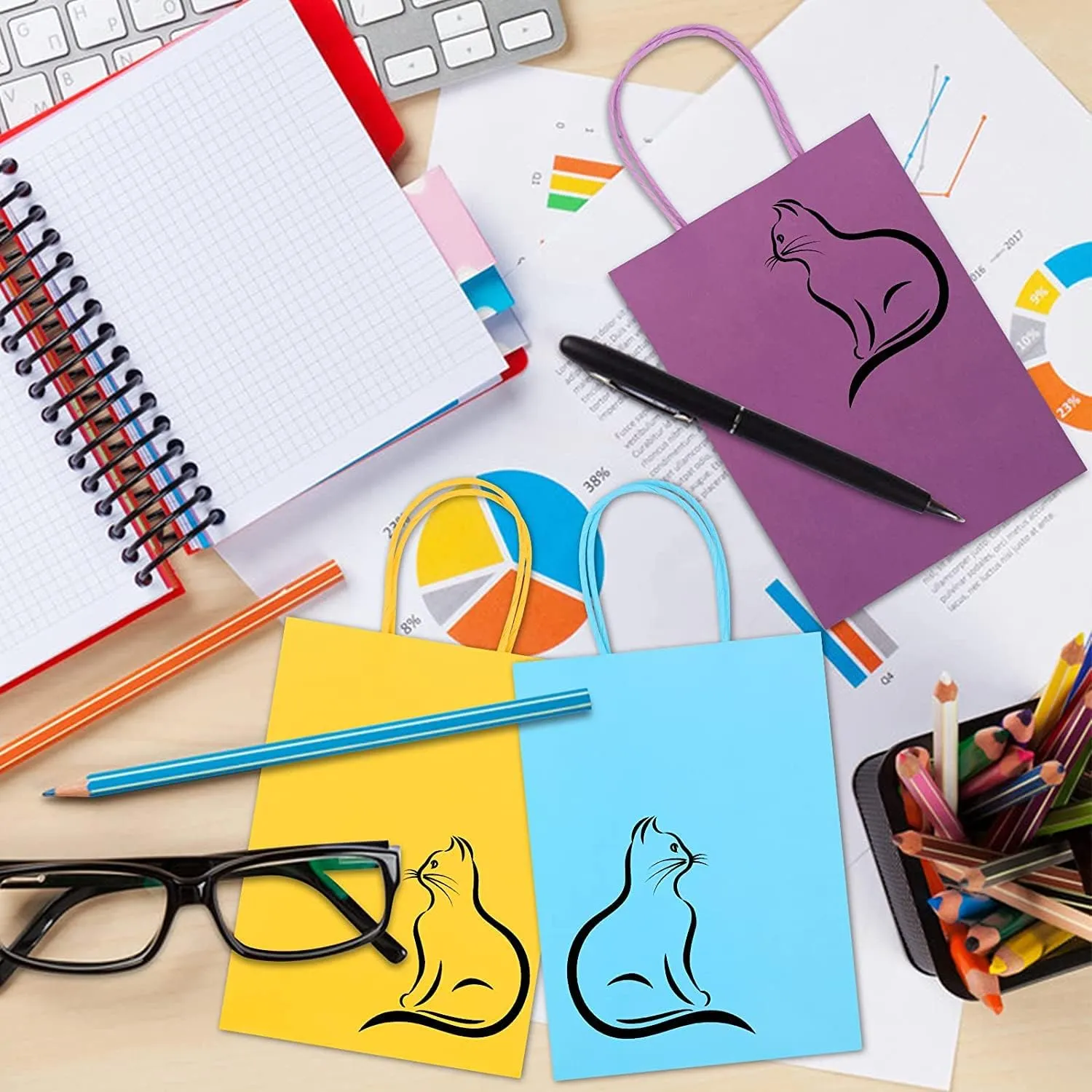
Learn How Do You Make a Paper Bag with Available Packaging Solutions | Create Custom Bags with How to Make a Paper Bag and Fold Techniques
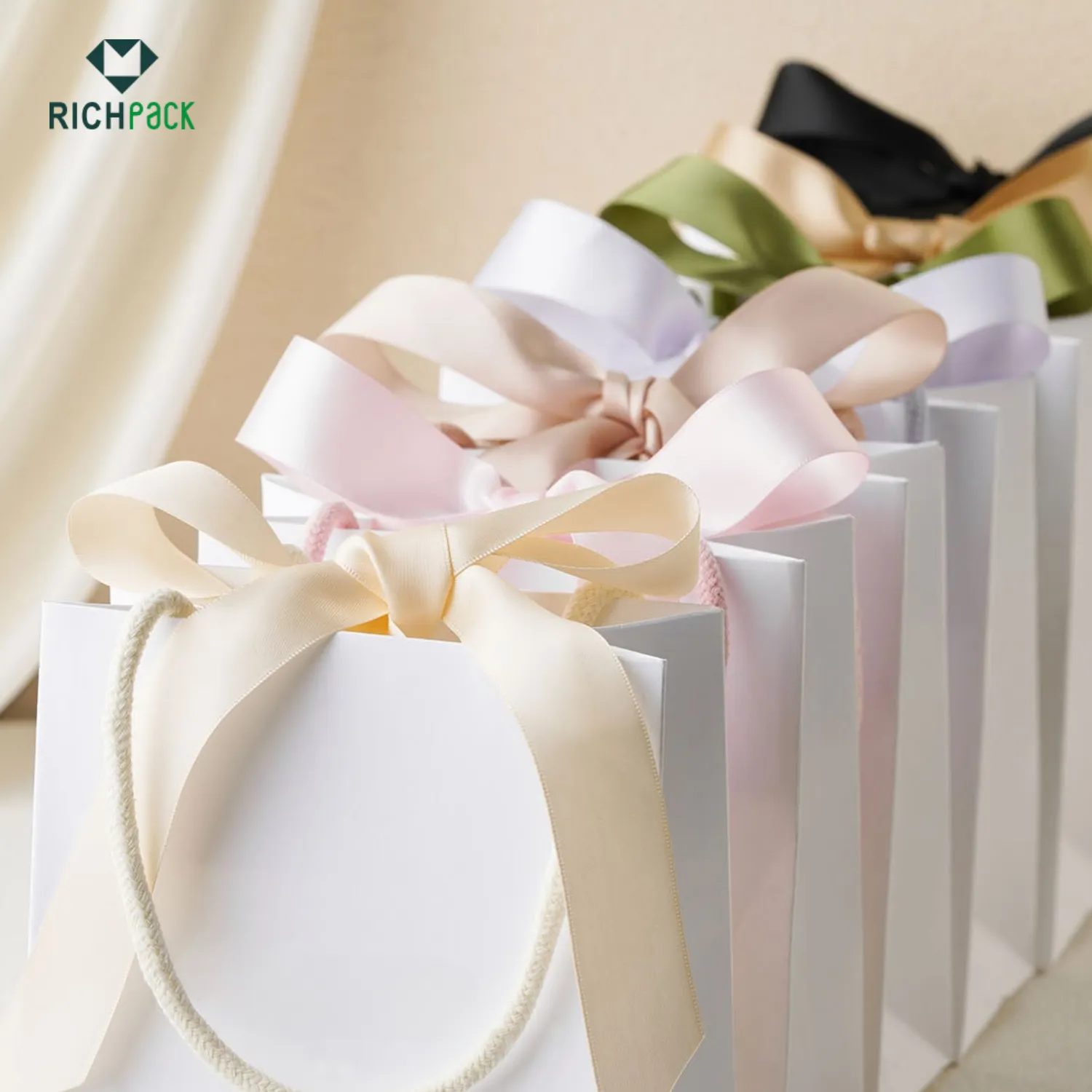
Affordable Jewelry Bags Wholesale for Professional Packaging – High-Quality Wholesale Jewelry Bags for Retail and Gift Solutions
View More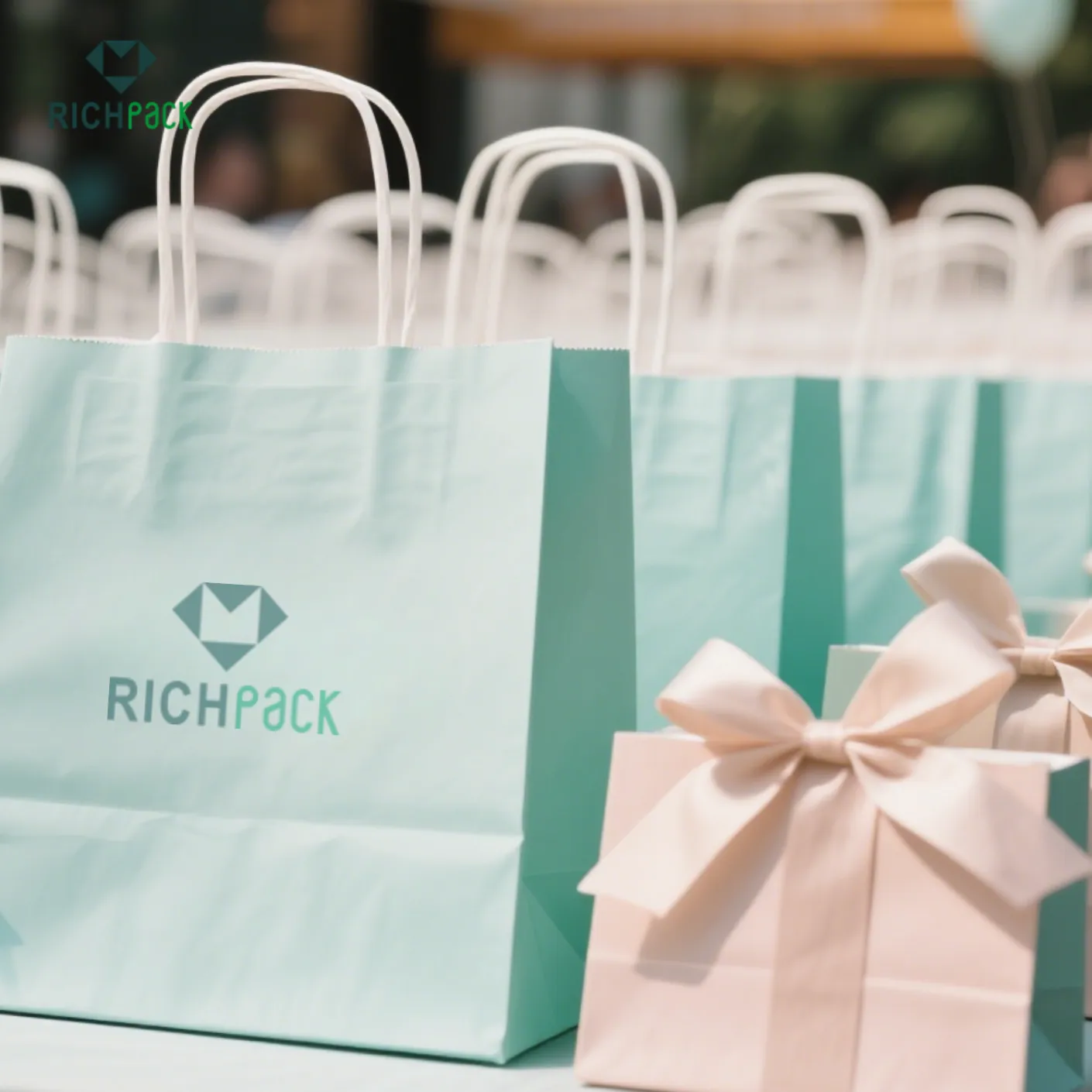
Bulk Gift Bag Packaging Solutions for Retail and Events Ocassions | Richpack Customizable Mini Gift Bags Bulk for All Occasions
View More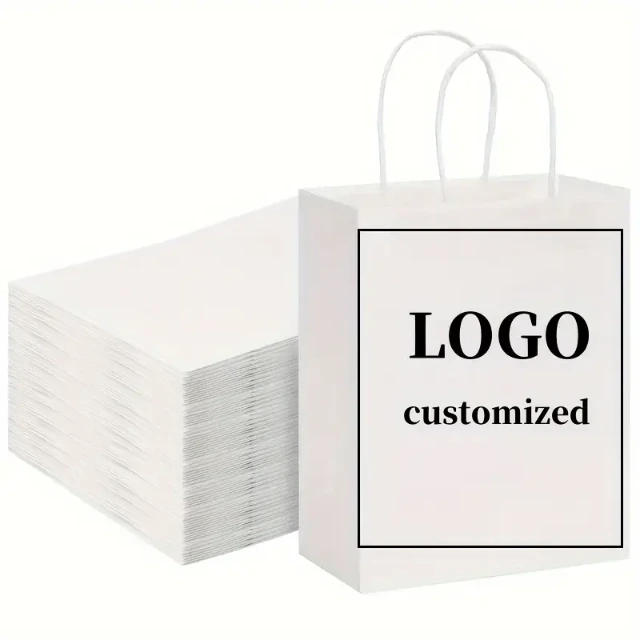
Charming Custom Logo Gift Bags for Special Gifts – Branded Gift Bags to Make Your Presents Stand Out
View MoreJust submit your email to get exclusive offers (reply within 12 hours)